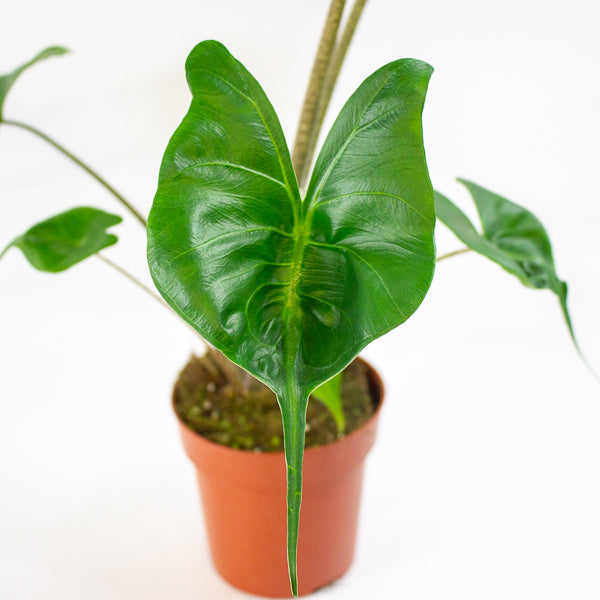1
/
of
6
Emm's Plant House
Alocasia Stingray 12cm H30cm
Alocasia Stingray 12cm H30cm
Regular price
£13.00 GBP
Regular price
Sale price
£13.00 GBP
Unit price
/
per
Taxes included.
Couldn't load pickup availability
Alocasia ‘Stingray’ is a highly distinctive and playful tropical plant celebrated for its unusual leaf shape resembling the tail and wings of a stingray. With its upward-curving lobes and long, pointed leaf tip, this unique Alocasia adds architectural flair and a touch of the exotic to any indoor plant collection.
- Full Botanical Name: Alocasia macrorrhizos ‘Stingray’
- Common Names: Stingray Alocasia, Elephant Ear Stingray
- Country and/or Region of Origin: Southeast Asia
- Growing Conditions in Native Habitat: Found in warm, humid tropical forests with bright filtered light, rich moist soil, and high rainfall
Care Guide
Care Guide
Share












